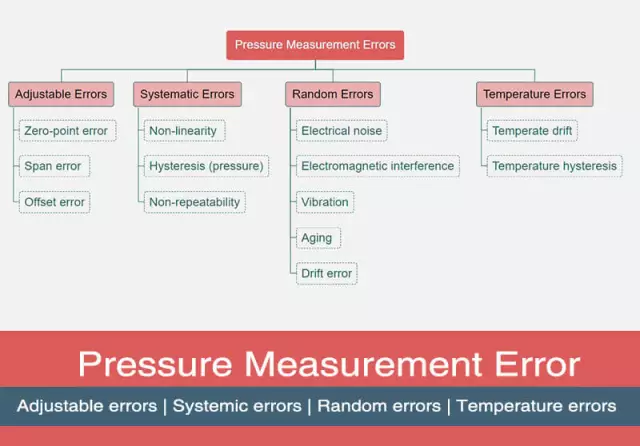- Author Rachel Wainwright [email protected].
- Public 2023-12-15 07:39.
- Last modified 2025-11-02 20:14.
Intraocular pressure

Intraocular pressure is formed due to the ocular fluid and vitreous located inside the capsule. They press on the capsule from the inside and create a general eye tone or, in other words, the intraocular pressure of a person. Due to intraocular pressure, the eye is nourished and its spherical shape is maintained.
Reduced or increased intraocular pressure is a serious ophthalmic pathology. They lead to a deterioration in visual function. Without appropriate treatment for intraocular pressure, irreversible changes in the tissues of the eye are possible.
Increased intraocular pressure is caused by increased production of intraocular fluid, anatomical congenital features of the structure of the eye, or disturbances in the work of the human cardiovascular system.
Reduced intraocular pressure is much less common. It can be caused by underdevelopment of the eyeball, trauma or postoperative complications. With a lowered intraocular pressure, the nutrition of the eye is disrupted and the death of the eye tissues can occur.
Preventive measurements of intraocular pressure are recommended once every 3 years for people over 40. Modern diagnostics of pathology is able to prevent the development of complications of low and high intraocular pressure - glaucoma, optic nerve atrophy, etc.
Measurement of intraocular pressure
The procedure for measuring intraocular pressure is called tonometry. It is performed using a Maklakov tonometer, pneumotonometer or electrotonography.
The most common method for measuring intraocular pressure is the Maklakov tonometer. During the procedure, special colored weights are placed on the center of the patient's cornea. Their typos are later measured and decoded. Thanks to local anesthesia, tonometry is painless, but it causes a lot of discomfort.
The intraocular pressure rate depends on the type of measuring device used. When measured with a Maklakov tonometer, the intraocular pressure rate is up to 24 mm. Hg Indicators of the norm of intraocular pressure, measured using a pneumotonometer, admit only indicators of 15 - 16 mm Hg.
With the help of the modern method of electrotonography, the excess of the intraocular pressure norm is diagnosed on the basis of the established enhanced production of intraocular fluid, as well as its accelerated outflow.
Symptoms of increased intraocular pressure
With increased intraocular pressure, symptoms may not be present at all. Sometimes increased intraocular pressure is accompanied by pain in the temples or eyes. In more rare cases, symptoms of intraocular pressure include blurred vision and eye redness. A slight excess of the intraocular pressure norm can also manifest itself as increased visual fatigue.
An acute attack of glaucoma with a sharp excess of the intraocular pressure norm is manifested by intense pain, nausea, vomiting, eyelid swelling and corneal opacity.
Intraocular pressure treatment

In the conservative treatment of intraocular pressure, drops are used to improve the nutrition of the eye and the drainage function of the organ. The dosage of the drug and the duration of the course of treatment for intraocular pressure are prescribed individually.
If the effectiveness of conservative treatment of intraocular pressure is insufficient, the patient is recommended to undergo laser iridotomy or laser trabeculospasis.
During laser iridictomy, one or more holes are formed in the iris. This method of treating intraocular pressure improves the circulation and outflow of fluid from the eye, and ultimately normalizes the increased intraocular pressure.
Laser trabeculospasis is performed for better drainage of the eye by stretching the venous sinus of the sclera. During this intraocular pressure laser treatment, the base of the ciliary body of the eye is cauterized.
The most radical method of treating intraocular pressure is microsurgical technologies: goniotomy with or without goniopuncture, as well as trabeculotomy. In a goniotomy, the iris-corneal angle of the anterior chamber of the eye is dissected. Trabeculotomy, in turn, is a dissection of the trabecular meshwork of the eye, the tissue that connects the ciliary edge of the iris to the posterior plane of the cornea.
YouTube video related to the article:
The information is generalized and provided for informational purposes only. At the first sign of illness, see your doctor. Self-medication is hazardous to health!






